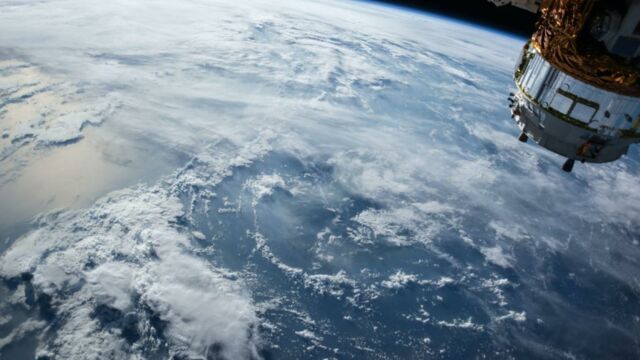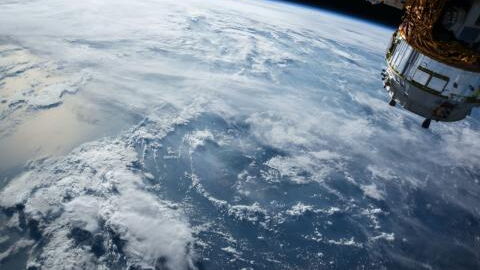This new study was brought to us by NASA's Goddard Space Flight Center. And it is the chief scientist of this organization, James Garvin, who warns that the Earth is three times more likely to be hit by an asteroid than previously thought. Not very reassuring, is it?
Discover our latest podcast
Not once every 700,000 years after all
In the last weeks and months, several asteroid stories have been the talk of the scientific community and all those interested in space. Indeed, the latest stories ranged from a hundred-meters-wide asteroid passing between the Earth and the Moon, to an asteroid the size of a bus approaching the Earth, even including an asteroid the size of a football field possibly hitting our planet.
A video by the Discovery Channel illustrating what it'd look like if the largest asteroid in the solar system collided with Planet Earth. pic.twitter.com/uxBs8AGfHQ
— Terryfyingasfuck (@Terryfyinasfuck) March 23, 2023
Fortunately, NASA can now protect the Earth from falling asteroids, according to new studies. But let's get back to James Garvin and his team, who studied satellites in depth to complete this new study. According to them, at least four asteroids powerful enough to destroy part of the atmosphere allegedly hit the earth during the last millenium. It was previously thought that an asteroid of at least one kilometer in length would only hit the Earth once every 600,000 or 700,000 years.
This new study therefore shows that the risks could be at least three times more significant.
More powerful than the nuclear bomb
According to the NASA scientists who participated in the study, the impacts and the resulting explosion of asteroids hitting the Earth could be up to ten times more powerful than a nuclear bomb. They studied four asteroid impacts around the globe: Pantasma in Nicaragua, Bosumtwi in Ghana, Iturralde in Bolivia and Zhamanshin in Kazakhstan.
An asteroid just hit Earth’s atmosphere over France
— Barstool Sports (@barstoolsports) February 13, 2023
WTF IS GOING ON???pic.twitter.com/7xVxo1lDLV
The craters left by the asteroid were much more violent impacts than the scientific community expected. However, all these studies can always be disputed by other studies, so let's keep an eye out!
This article has been adapted from Gentside FR.
Read more:Asteroid larger than the Tower of Pisa is coming close to Earth
Sources used:















